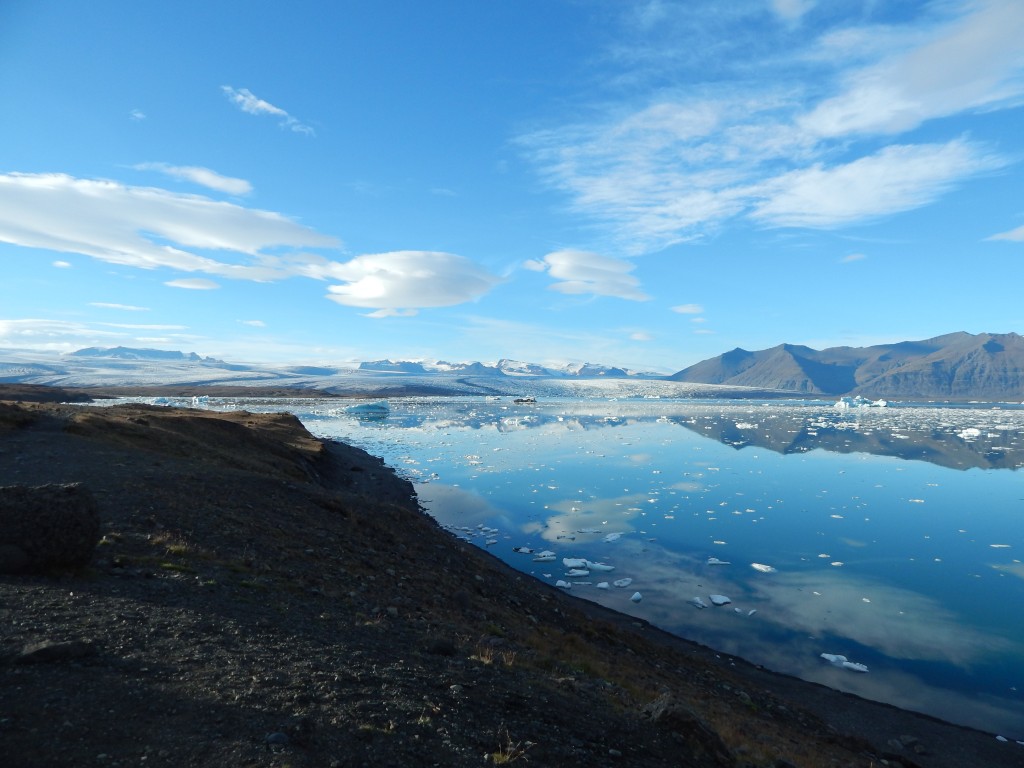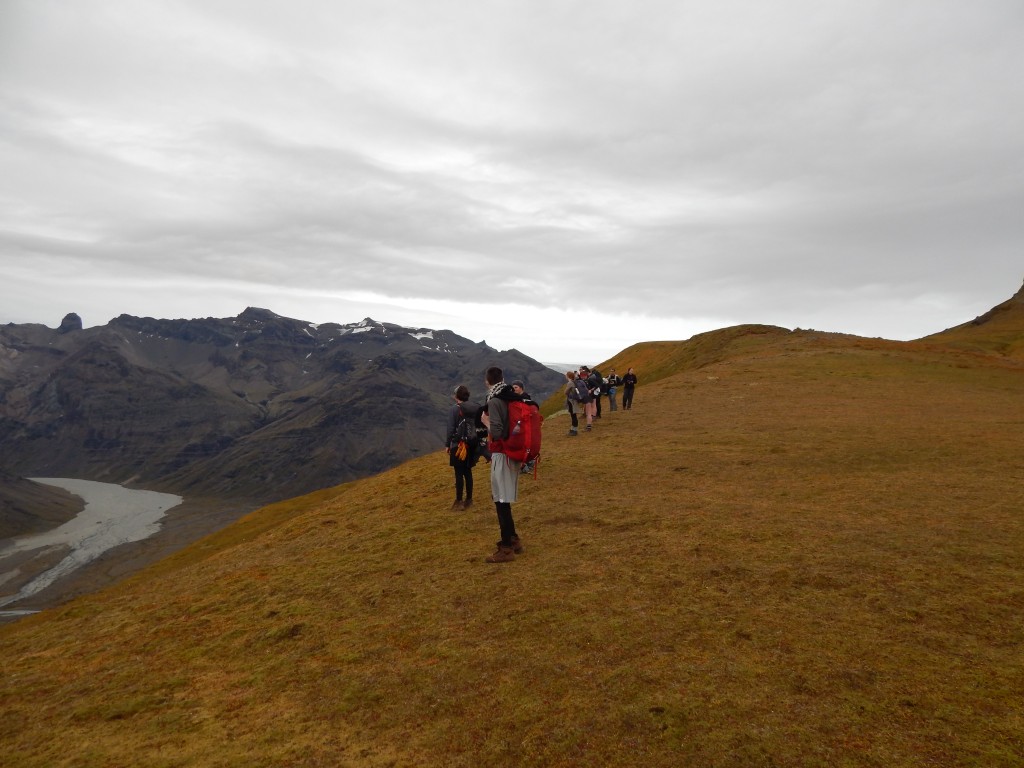The farm I worked at in high school often hosted school trips to come and help out for the day. The students would drag their feet off the bus and look completely miserable: they clearly did not want to be there. Why would a middle-schooler want to work on a farm anyway? It is hard, dirty work most of them seemed to dread. Yet, by the end of the day, despite the socioeconomic background, race, or religion of the students they admitted they had a good time. For one day, they worked for their food. Many of the students had never seen a beet plant or what a carrot looks like when it’s first pulled from the ground, and I could see the awe on their faces as we told them about the difficult and important task of organic agriculture in a more sustainable manner; in those moments the students were becoming true stakeholders in their local food system. I cannot emphasize enough the importance in creating an emotional appeal to the individual or group you’re trying to educate is. Environmental education is no different. Teaching stakeholders in a community the value their ecosystem holds is one of the best ways to engage in environmental education.
What we were doing on the South Coast of Iceland is creating a connection between ourselves and the place we are calling home for the next few months. I know that the beauty I saw affected me emotionally, I now feel I have a stake in the continued protection and ecological restoration of Iceland because my eyes were opened to its magnificence.


